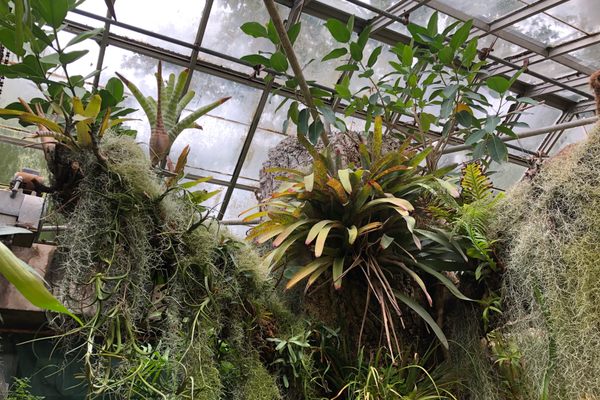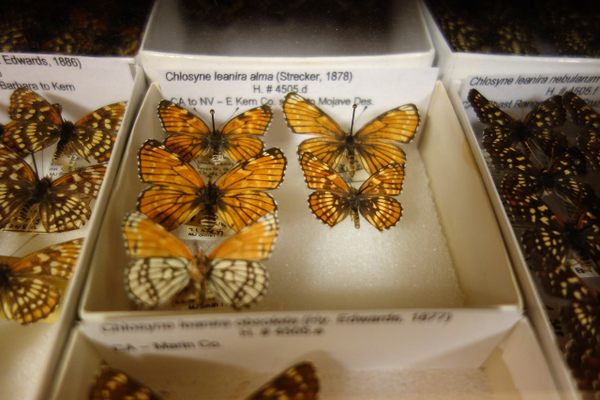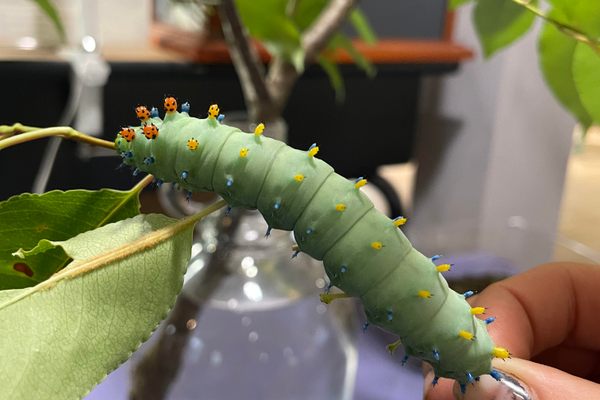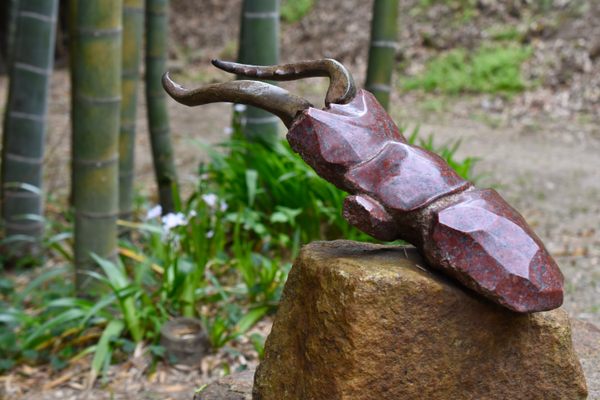AO Edited
Army Ant Guests Exhibit
A giant ant model welcomes visitors to an exhibit about symbiotic organisms that live with army ant colonies.
In the early 1960s, biologists Carl and Marian Rettenmeyer began a decades-long study of army ant colonies in Central America. One major focus of their work was the abundance of mites, lice, beetles, and other invertebrates that live symbiotically with the ants, either in their nests or on the bodies of the insects themselves. The Rettenmeyers discovered many new and fascinating species, such as a mite that takes the place of an ant’s foot and feeds on its blood, or other mites that live solely on an ant’s eye or mandibles.
The Rettenmeyers vast collection of specimens taken from 1,200 army ant colonies is housed at the University of Connecticut in Storrs. In 2016, researchers and students in the University’s Department of Ecology and Evolutionary Biology began a program to meticulously catalog, describe and digitize every specimen in the collection.
To share the Rettenmeyers’ work with a wider audience, the university developed an exhibit in the Biology/Physics building on campus showcasing many of the symbiotic organisms they had identified. The central showpiece of the exhibit is a 12-foot-tall model of an army ant bearing eight symbiotic “guests” on its body. Four-foot-long ant models mounted to the outside walls of the building lead visitors towards the exhibit.
Know Before You Go
The Army Ant Guests exhibit is located in the lobby of the Biology/Physics Building on the University of Connecticut campus. The exhibit is open to University of Connecticut staff and students from 8:30 a.m. to 4:30 p.m. It is temporarily closed to the public.
Parking is available in the parking structure along Auditorium Road.

















Follow us on Twitter to get the latest on the world's hidden wonders.
Like us on Facebook to get the latest on the world's hidden wonders.
Follow us on Twitter Like us on Facebook